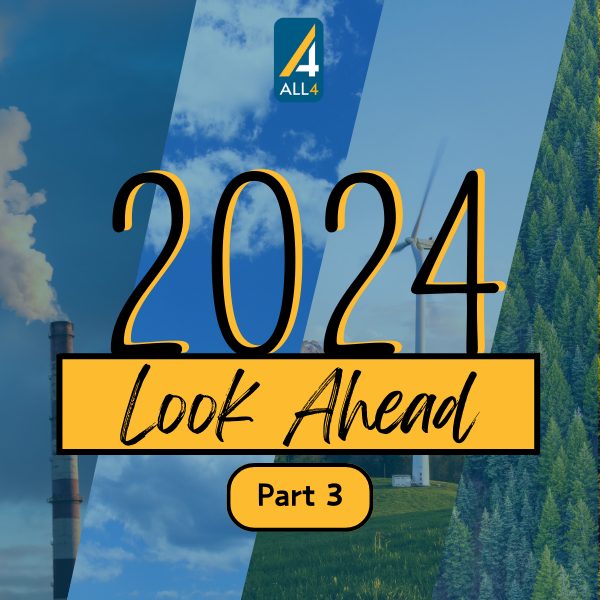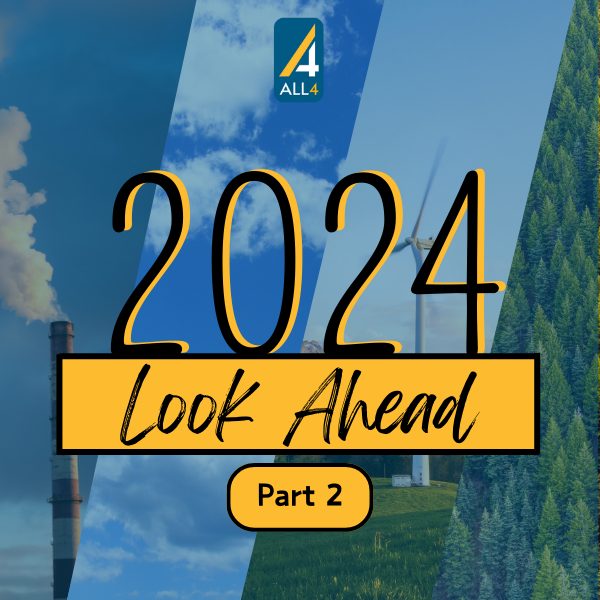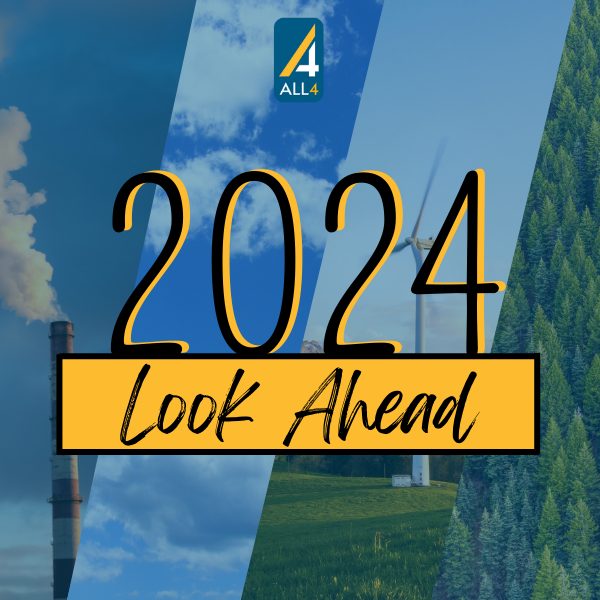
Revisions to the Risk Management Program Safer Communities by Chemical Accident Prevention Requirements
Posted: March 6th, 2024
Introduction On February 27, 2024, the United States Environmental Protection Agency (U.S. EPA) signed final Safer Communities by Chemical Accident Prevention (SCCAP) Risk Management Program (RMP) regulations. The amendments include changes and enhancements to accident prevention program requirements, emergency preparedness […]
Read article
Proposed Changes to Project Emissions Accounting (PEA) Regulations
Posted: March 4th, 2024
The U.S. Environmental Protection Agency (EPA) signed proposed changes to the 2020 Project Emissions Accounting (PEA) provisions in the Prevention of Significant Deterioration (PSD) and Nonattainment New Source Review (NNSR) regulations on February 22, 2024. Collectively, the PSD and NNSR […]
Read article
Annual PM2.5 NAAQS Lowered!
Posted: February 8th, 2024
On February 7, 2024, the United States Environmental Protection Agency (U.S. EPA) made the long-awaited announcement that the annual particulate matter less than 2.5 microns (PM2.5) National Ambient Air Quality Standard (NAAQS) will be lowered from 12 micrograms per cubic […]
Read article
2024 Texas Lookahead
Posted: January 30th, 2024
Texas is a very dynamic state with a robust variety of industries that are faced with unique and cumbersome regulatory requirements. ALL4 closely follows the actions of the Texas Commission on Environmental Quality (TCEQ) and U.S. EPA Region VI. ALL4’s […]
Read article
2024 Look Ahead Part 3
Posted: January 25th, 2024
2024 Look Ahead: Occupational Health and Safety // Victoria Sparks As we look back on 2023, the Occupational Safety and Health Administration (OSHA) was busy – expanding National Emphasis Programs (NEPs), hiring more inspectors, conducting more inspections, and expanding rules […]
Read article
2024 Look Ahead Part 2
Posted: January 18th, 2024
PFAS Expectations for 2024 // Kayla Turney With the new year, we expect to see several of the same issues relating to per- and polyfluoroalkyl substances (PFAS), as well as a handful of new ones to tackle. While the regulatory […]
Read article
2024 Look Ahead: Chemical Industry Rules and RMP Revisions
Posted: January 18th, 2024
Chemical Industry Rules This year is going to be a big year for the chemical manufacturing industry. The United States Environmental Protection Agency (U.S. EPA) is under a consent decree to finish revisions to several National Emission Standards for Hazardous […]
Read article
PFAS Expectations for 2024
Posted: January 16th, 2024
With the new year, we expect to see several of the same issues relating to per- and polyfluoroalkyl substances (PFAS), as well as a handful of new ones to tackle. While the regulatory landscape continues to change, there are a […]
Read article
2024 Look Ahead
Posted: January 9th, 2024
Part 1 2024 Look Ahead // Colin McCall Hello to all of our clients, partners, and colleagues as we enter 2024. We are very grateful for the time and work together in 2023 and look forward to another great year […]
Read article
PM2.5 NAAQS Lookahead: Revision of the Annual Standard is Imminent
Posted: January 9th, 2024
Another year has gone by and another lookahead article about potential lowering of the particulate matter less than 2.5 microns (PM2.5) National Ambient Air Quality Standard (NAAQS) is front and center. In last year’s lookahead article I wrote about the […]
Read article
